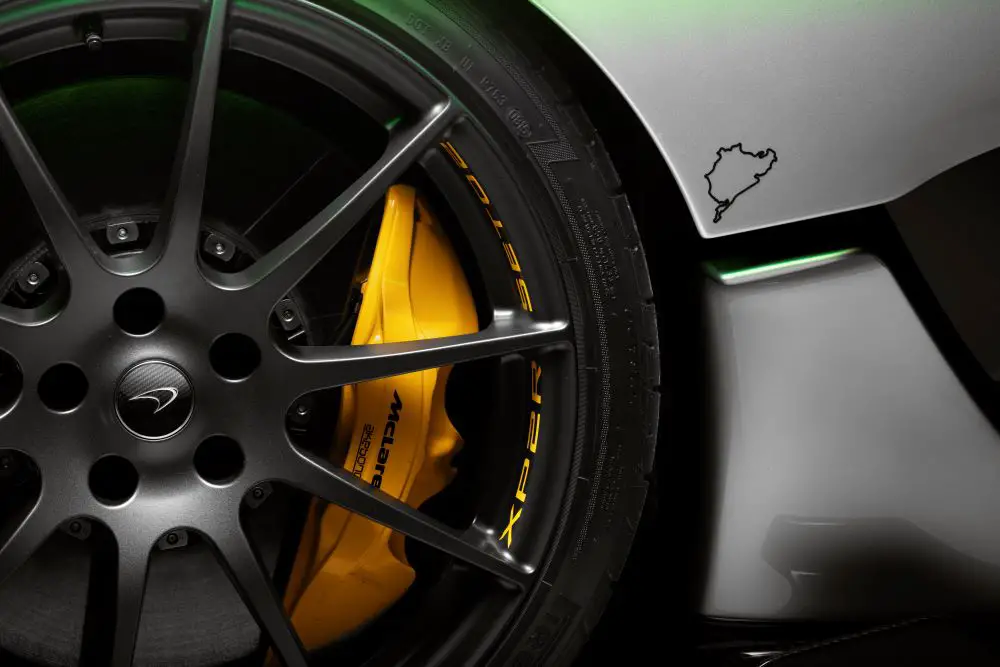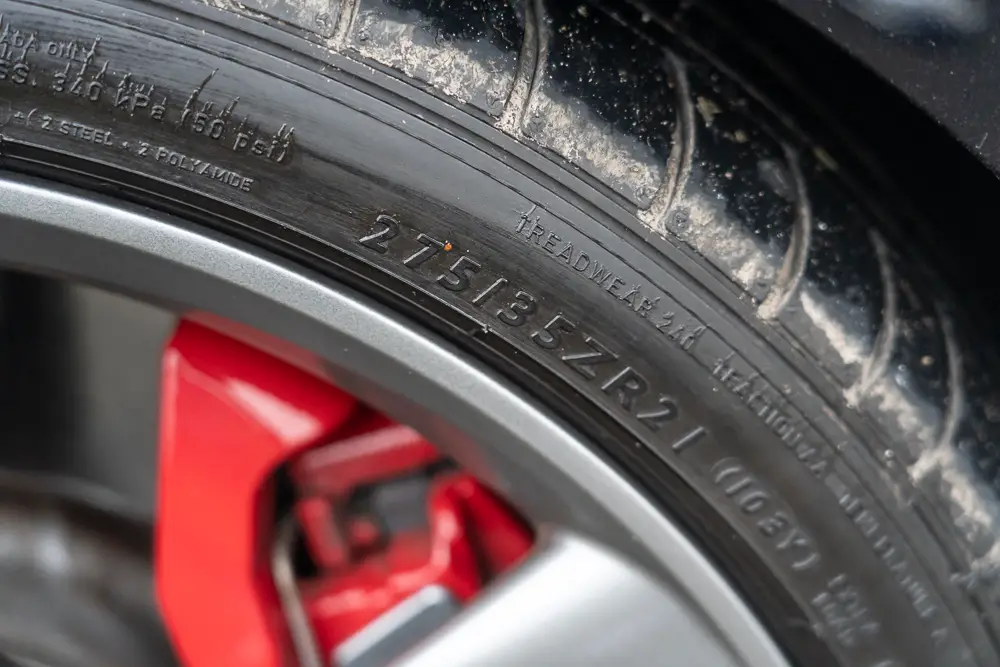Harley Davidson motorcycles are renowned not only for their head-turning looks and the distinctive rumble of their big V-twin engines but also for their impressive range of customisation options. Whether you’re looking to tweak something minor or completely overhaul your ride, Harley offers an extensive array of original products right out of the showroom.
Additionally, thousands of aftermarket brands provide everything from front indicators to rear fenders, and everything in between. Harley owners truly are spoiled for choice, allowing them to select colour schemes, materials, finishes, and styles that best suit their individual needs.
Common Customisation Routes
Any Harley Davidson bike can be configured with all the goodies even before parting with your cash. UK riders can choose from different accessory packages: Rider Essentials to haul more gear, ST Essentials when riding two-up, and Day Tripper packages if you use the bike for commuting.
There are also controls. electrics. performance, protection and bodywork upgrades. What puts off most riders is the high price of original equipment. More so if you got the bike secondhand or are on a tight budget.
You may also want more from bikes like the Sportster, Softail or Street Bob and already stripped down to the bare essentials. Additions like a front or Sportster rear fender, head and tail light and indicator upgrades, or convenience extras like fairings, handlebar risers and windshields provide more comfort behind the bars on longer rides.
Fender Basics
Fenders are essential for both styling and protection, sitting above the front and rear wheels. They shield the rider and the bike’s bodywork from debris, help reduce drag, and add to the comfort of the rider and passenger. Front fenders attach to the bike either via the forks or directly to the frame, while rear fenders are typically bolted to the rear subframe. Many fenders also contain wiring and harnesses to power the taillight and indicators.
What Fenders Do
If you’re looking at a fender upgrade, or want to get rid of the front or rear fender on any bike, first consider what they do. Their main purpose is to protect them from mud, water, oil, grease and road debris. The parts shield the bike bodywork. control and engine parts, including the forks, pegs, radiators, the gearing and electrics. This minimises the risk of corrosion, scratches or dents.
On bigger tourer and cruiser Harley models, fenders are also part of the overall aesthetic. Most riders have them colour-coded for seamless integration with the rest of the bike. Here, the fenders are wider and longer (to accommodate larger tyres) than what you’d find on single seater models like the Sportster-S. This is to reduce the effects of drag created from oncoming air, redirecting it to the sides and helping comfort, performance and fuel use. The same can be had on smaller motorcycles, with dozens of aftermarket brands to choose from.
Lastly, consider the role fenders have in rider and passenger safety and overall comfort. Rear fenders protect pinion passengers from the road spray created by larger rear tyres, and limit the effect of this on rear traffic. Good news is that both the front and rear units can be changed with different sizes, styles, fenders sporting design features and those that allow for easier painting or modding if you’re doing a complete bike overhaul.

What To Look For In Aftermarket Harley Fenders
The main concern is size and fit. You want fenders that are in the right widths and lengths. Widths are determined by tyre and wheel sizes, but you can also go with “tyre huggers” or those that are wider for a more distinct look. Lengths differ too. You can choose short, standard or long fenders to get the look you want.
Next, think how you’ll be getting your new fender on. For a cleaner fit, look for types designed for the specific model. These can have pre-drilled holes to connect the parts to allocated bolts in the frame and simplify installation. Cheaper variants can be harder to get on, especially regarding the wire harnesses for the rear lights.
Lastly, choose materials that suit your styling and durability needs and budget. ABS plastics are durable, lightweight and a cheap option for smaller bikes. The material deals with impact and scratches better than steel or aluminium, and is also rust resistant, so retains its looks longer. The parts are usually an understated matte or gloss black, but the smooth surface is paintable, so getting any colour you like isn’t an issue.
If you’re after an old-school look, choose coated stainless steel either in a chromed or satin finish or go with unpainted types when preparing for a paint job. Coatings help with rust resistance on wet roads, adding to the inherent durability steel has. The parts are somewhat heavier (for the same thickness), and if you after distinct shapes or styles, you’ll also be paying a bit more than for a plastic Harley Sportster rear fender.
Other popular options are fibreglass and carbon fibre. Fibreglass is lightweight, easy to paint, but lacks strength compared to other materials. It can also be difficult to install. Carbon fibre comes at the highest price, but compensates with the highest strength, best flexibility and impact resistance. It also looks good as is, particularly if you choose fenders in impregnated carbon fibre.
Matching Fenders With Other Customisation Parts
If you’re ditching factory fenders, you can also match them with other parts. Many riders go with revised tail light assemblies, with LED variants in a smoked lens finish a popular option, and bullet indicators wrapped in metal or ABS housings.
Both additions come with threaded fasteners to easily fit through drilled fender holes. Matching wiring harnesses are also supplied. Of course, these are just two examples. There are dozens of light and indicator designs on offer, differing in materials and finishes. Sportster models will be more in line with integrated light and turning signal combos sitting on thinner and shorter fenders. The opposite is true for the bigger touring bikes.
Up front, match your new fenders with fairings for the Sport models, and add a height-adjustable windscreen in the right width. These can be attached to headlight assemblies or the frame. And if you’re changing taillights, go with matching LED headlights for a more rounded look.
When choosing aftermarket parts, a good idea is to stick to particular brands. Parts makers differ vastly in prices, overall quality and durability. And before you get working in the bike, skim through product lines to see what best aligns with what you’re after.


